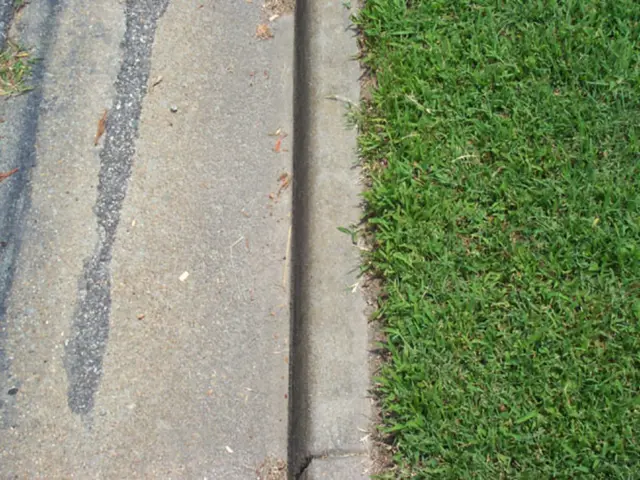Warning: Old Sunscreen May Not Cut It!
Discard previous year's sunscreens for optimal protection this season. - Avoid persisting with outdated sunscreen from the previous year. Upgrade to fresher sunscreen for optimal sun protection.
Don't Get Burnt by Yesterday's Sunscreen 🌞
Still got that half-empty bottle of sunscreen lying around? Perhaps you think it's good to slather it on as summer approaches? Think again, sport! That old sunscreen might not be up to the task.
A simple glance should tell you how long the manufacturer guarantees the sunscreen's effectiveness. On the packaging, you'll find an open-jar symbol accompanied by "12M" (or similar). So, it's a max of 12 months after opening, and the manufacturer will vouch for its full effectiveness. If it's mistreated—like basking in the heat or marinating in the back of a hot car—it'll lose its power quicker than a firework on the Fourth of July.
Oxygen and Your Sunscreen Don't Mix 🧪
Professor Eckhard Breitbart, a dermatologist, advises chucking that bottle and picking up a new one. When you pop the cap on that sunscreen, oxygen rushes in, causing oxidation. This funky chemical process messes with the sunscreen's ingredients, making it less reliable at keeping UV rays at bay.
In a 2021 study, researchers from the Sorbonne and CNRS found another issue. Sunscreens containing the UV filter Octocrylene typify this problem. Over time, the chemical Benzophenone forms in the creams—this sucker's potentially carcinogenic and can also trigger allergies.
Smothered in Benzophenone? Check for "Octocrylene" 🛍️
The researchers sampled 17 sunscreens with an SPF of 50. They found Octocrylene in 16 of them. They stored the sunscreens in an incubator for six weeks (40°C, 75% humidity), letting them decompose like sunscreen zombies at room temperature. The results? No Benzophenone in the sunscreen devoid of Octocrylene. But when the Octocrylene-laden bunch was set loose, they were already packed with 39 mg/kg of Benzophenone! After six weeks, that concentration nearly doubled to 75 mg/kg.
The North Rhine-Westphalia Consumer Centre recommends mineral UV filters like "Titanium dioxide" or "Zinc oxide" as they're more stable. To know if your sunscreen contains Octocrylene, give the ingredients list a gander; it'll say "Octocrylene."
Want More?
- Why women get more beard hair as they age 😱
- Why the caffeine rush makes us run to the loo ☕️
- The secrets behind that irritating eye twitch?
In light of the 2021 study, it is advisable to avoid sunscreens containing Octocrylene due to the potential formation of the carcinogenic chemical Benzophenone. For a more stable alternative, consider mineral UV filters like Titanium dioxide or Zinc oxide, as they are less likely to decompose and produce harmful substances.








